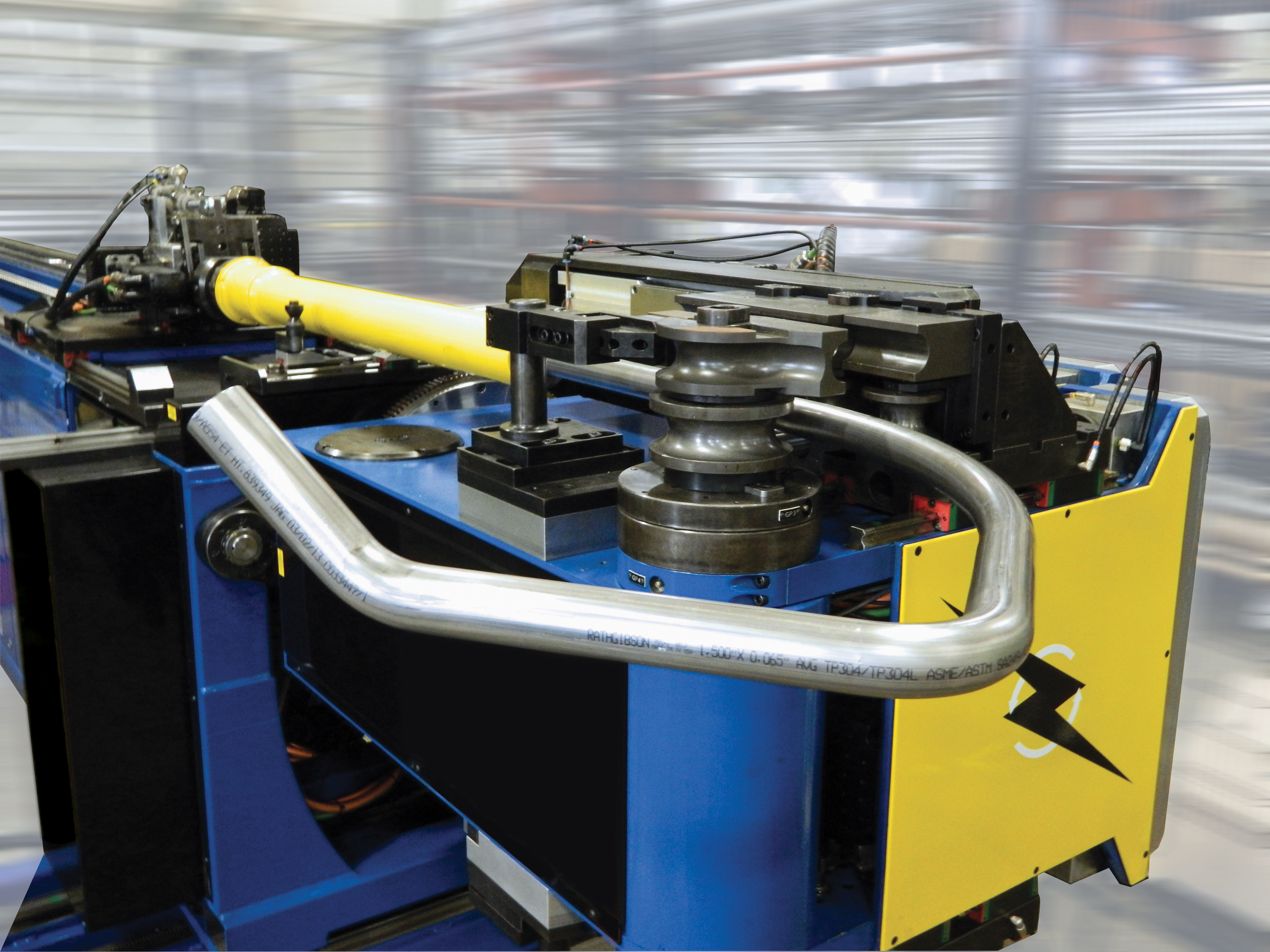
- Кратко о компании Основы компании Концепция компании Партнеры Сертификаты Культура предприятия
- Наши услуги Строительный проект Обслуживание и ремонт Производство и изготовление Реконструкции и модернизация Транспортировка и хранение Обработка и торговля
- Управление в компании История компании Ответственность по всему миру
- Центр закупок Стажировка
- Изделия из металла Изделие из алюминия Изделия из меди Изделия с металлическим покрытием Изделия из нержавеющей стали Изделия из углеродистой стали Особый сплав
- Объект строительства Стальной решетчатый настил Стеллаж Стальная конструкция Стальной мост Строительные леса Строительные материалы Химический металл Универсальное решение для проекта
- Контейнер ДФЭ контейнер для оборудования Контейнер для хранения и транспортировки Контейнерное депо Рефрижераторы Береговой контейнер
- Устройство Металоформовочная машина Другие устройства Металлорежущая машина Металлообрабатывающий станок Листогибочное устройство Строительный блок
- Механическое изделие Автомобилестроение Разное Швартовое оборудование Корабельное оборудование Емкость высокого давления
- Электромеханическая система Электрический кабель Автоматизация Распределение мощности Солнечная энергосистема Система релейной защиты Инверсор Производственная линия Система освещения
- Медицинское оборудование Пищевые принадлежности Трахеостомическая трубка Принадлежности по уходу Изделия из литья
- Строительная техника
- EPC проекты
- нефтепровод
- Водопровод
- Газопровод
- Аксессуары для лодок и швартовные аксессуары
- Металла для украшения
- Компоненты трансформаторов
- теплообменная труба
- детали и аксессуары кондиционеров
- котёл
- обрудования для кухни и ванной
- металл для бытовых электроприборов
- оборудование для солнечной энергетики
- Лифт
- Крыша и потолок
- Кабель
- Танк
- Упаковка
- детали и аксессуары машин и обрудований
- Пресс-форма
- Автомобильные детали
- Железнодорожный рельс и подкрановый рельс
- металлическая арматура
- шлифовальный диск
- оборудовании для дорожно-строительства
- Электронные компоненты
- материал для строительства и украшения
- Двери и окна
- Холодильники
- News release Новости металлургической отрасли Новости по механическому оборудованию Новости по проектам строительства Новости о товарах машиностроения и электроники Новости о контейнерах Новости о электрической системе Новости по медицинскому оборудованию
- База данных медиа Видео Изображения Следите за нами в СМИ
Tube and pipe bending machines information
Tube and pipe bending machines are used to bend tubes and pipes to produce finished parts. Tubes are structural, hollow conduits that are used as flow lines for fluids and gases in pneumatic, hydraulic, medical, and process applications. Tubes are measured by their outer diameter and are usually smaller and less rigid than pipes. Pipes are vessels that are used in transport systems for fluids and solids. They generally have a larger diameter and are measured by their inside diameter regardless of the wall thickness. Pipe and tube bending and fabrication equipment is used to perform operations such as bending, swaging, flaring and beading.
There are seven main types of tube and pipe bending machines, and each operate differently. As described below, the way each machine works depends upon several characteristics.

Types
There are many different types of tube and pipe bending machines. SMC offers bending machines such as: Pipe Bending Machine, Tube Bending Machine, Hydraulic Pipe Bending Machine, Plate Bending Rolls, CNC Pipe Threading Lathe, Hydraulic Press Brake, Section Bending Machines. Tube and pipe bending machines also include: coiling equipment, thin-wall bending equipment, booster benders, handrail benders, elbow bender.
The characteristics of the tubes and pipes must be considered when selecting a tube and pipe bending machines. These include tube material and shape, both which can affect the type of equipment required.
Material
Many bendable tube and pipes are made from materials such as: aluminum, brass, carbon steel, stainless steel, copper, nickel alloys, polyvinyl chloride (pvc), plastics, titanium, superalloys
Shape
Most tubes and pipes are cylindrical. However, some processes fabricate products with various cross sections including: oval, round, square.